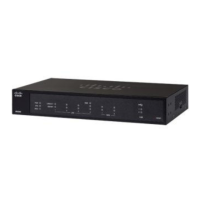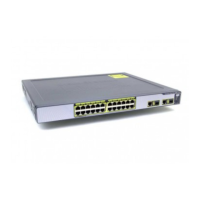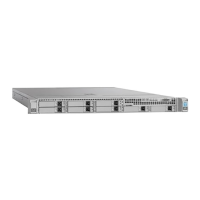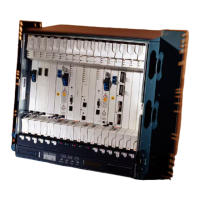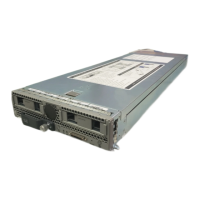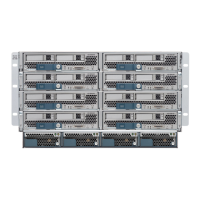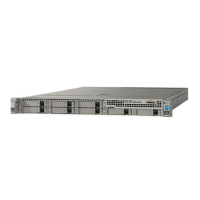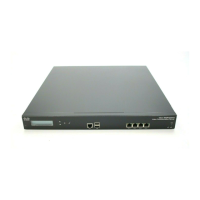Many of these settings (excluding the LACP settings) set the requirements for interfaces to be included in the
EtherChannel; they do not override the settings of member interfaces. So if you check LLDP Transmit, for
example, you should only add interfaces that have that setting. If you set the Admin Speed to 1Gbps, then
only 1Gbps interfaces can be included.
Figure 23: Configuration Settings
a) Choose the required Admin Duplex for the member interfaces, Full Duplex or Half Duplex.
If you add a member interface that is configured with the specified duplex, it will not successfully join
the port channel.
b) Choose the required Admin Speed for the member interfaces from the drop-down list.
If you add a member interface that is not at the specified speed, it will not successfully join the port
channel.
c) Choose the LACP Mode, Active or On.
• Active—Sends and receives LACP updates. An active EtherChannel can establish connectivity with
either an active or a passive EtherChannel. You should use the active mode unless you need to
minimize the amount of LACP traffic.
• On—The EtherChannel is always on, and LACP is not used. An “on” EtherChannel can only establish
a connection with another “on” EtherChannel.
It may take up to three minutes for an EtherChannel to come up to an operational state if you
change its mode from On to Active or from Active to On.
Note
d) Choose the LACP Rate, Default, Fast, or Normal.
Multi-Instance Mode for the Secure Firewall 3100
29
Multi-Instance Mode for the Secure Firewall 3100
Configure an EtherChannel
